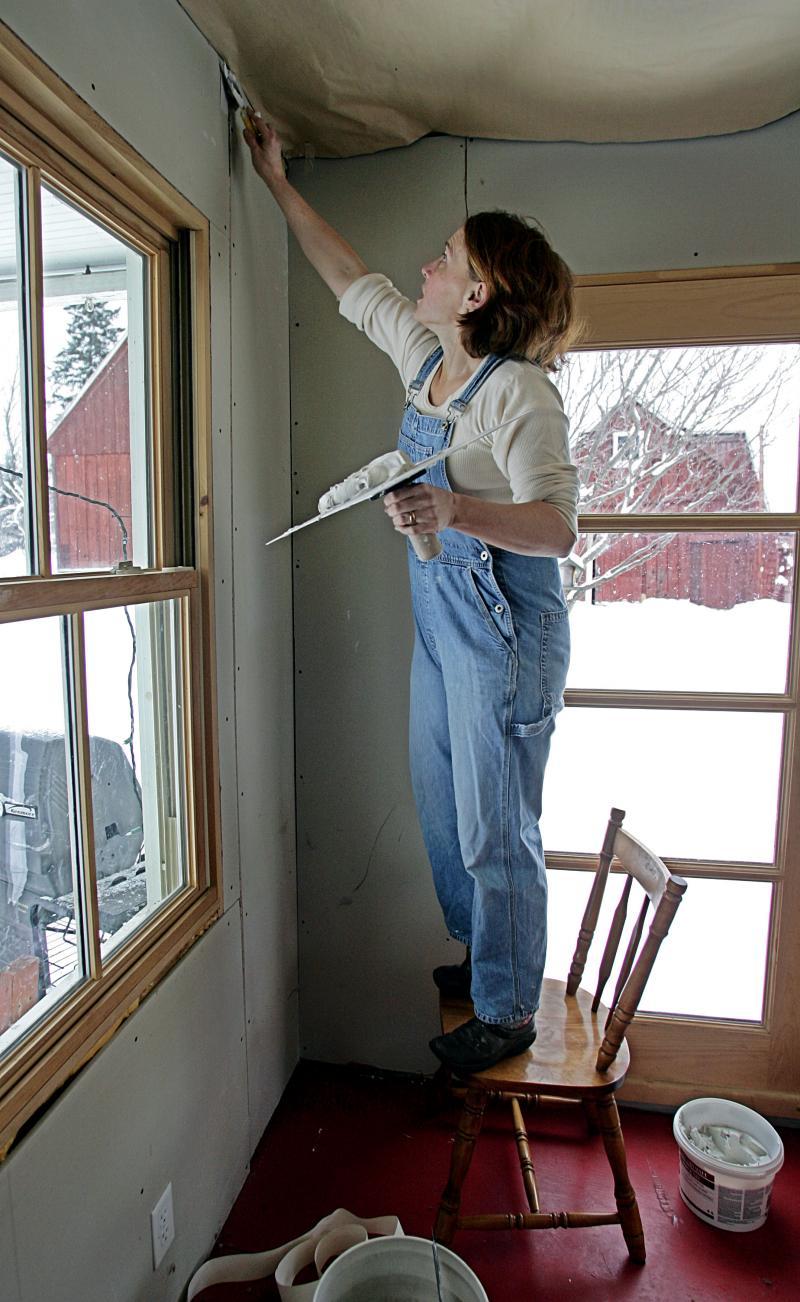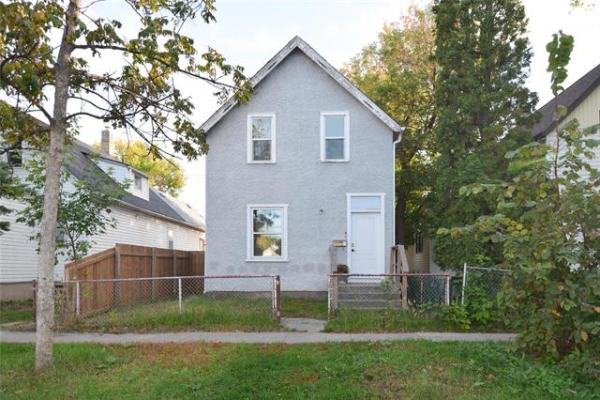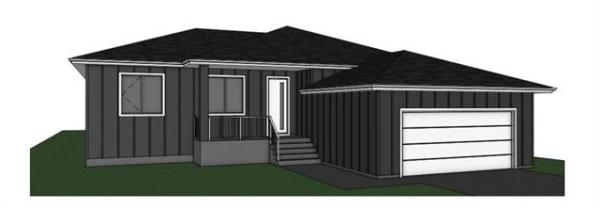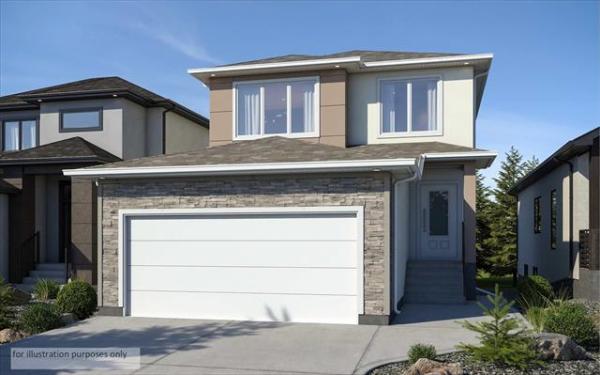
You might have heard recently about toxic drywall that was distributed in North America and used in thousands of homes. This drywall was made in China, and it emits toxic hydrogen sulphide and sulphur dioxide and other gases.
Humidity in the air -- whether it's from the weather or from indoor moisture -- causes the sulphur in the drywall to off-gas, which stinks (sulphur smells like rotten eggs) and cause health problems like eye irritation, trouble breathing, headaches and sore throat.
It also can corrode any exposed copper in your house -- like pipes or wiring, even if it's in light fixtures or behind switch plates and plugs. Even just a few sheets of this toxic drywall can contaminate your home. The only fix is to tear it out and replace it -- and it's not covered by homeowner insurance policies.
The gypsum used to make the toxic drywall came from filters used to remove contamination from the smokestacks of coal-fired power plants. It was then recycled in the manufacturing of drywall, but the toxins will migrate from the drywall into the indoor air.
But drywall doesn't have to come from China or contain sulphur to be toxic. Any standard drywall -- if exposed to moisture -- can be a feast for toxic mould. And mould can lead to a lot of health issues -- from runny nose to asthma and respiratory problems.
Drywall is compressed gypsum coated with paper-and paper is organic, and a food source for mould. Also, gypsum will retain moisture if it gets wet. In fact, if it's constantly wet it will crumble like chalk. Mould spores are everywhere, and if drywall is used in a damp environment like a basement or bathroom, look out. Mould spores, plus moisture, plus a food supply equals trouble.
Drywall is one of the most common building materials -- it's used all over the world. It's made from gypsum plaster mixed with stabilizers and additives to improve fire resistance and slow water absorption. The gypsum is pressed and rolled between two sheets of paper, then cut into standard lengths.
Virtually very home built today in North America has walls covered with regular drywall. It's not expensive, it's easy to install and gives a nice finish and provides some fire resistance.
The only place it's not good is in basements and areas exposed to moisture -- like bathrooms. Most people want a finished basement, and they're going to use what's affordable, and what's available, and what they know. Unfortunately, that adds up to a bad idea.
If I were going to do a finished basement for a client, I wouldn't even consider using anything but paperless drywall. The interior is the same as a standard drywall product -- compressed gypsum. But instead of paper facing and backing, it uses fibreglass. Fibreglass is moisture-resistant so it won't provide the environment for mould to grow in.
Paperless drywall is more expensive than traditional paper-backed. And the surface, since it's made of woven fibreglass, is slightly rougher, so your contractor may need to apply a skim coat to get that nice finish you want on your walls. More skill is definitely needed by your drywall contractor to hide the nail holes and seams properly. In strong light, you'll be able to see a bad job easily so make sure you hire a pro.
Fibreglass faced drywall is still not enough for areas with constantly high moisture content, like bathrooms. For a shower, you need to use cement board -- it's strong and waterproof and ideal for supporting tiles. There's no paper used so no food for mould, and the cement interior won't hold moisture the way gypsum does.
The toxic drywall problem raises a lot of questions, apart from health concerns. Like how it was able to be sold if it wasn't certified, which it couldn't have been. Drywall sold in stores is approved and comes from a reliable supply chain. Take a lesson and buy building materials from sources you can trust.
-- Canwest News Service
For more information on home renovations go to makeitright.ca.



